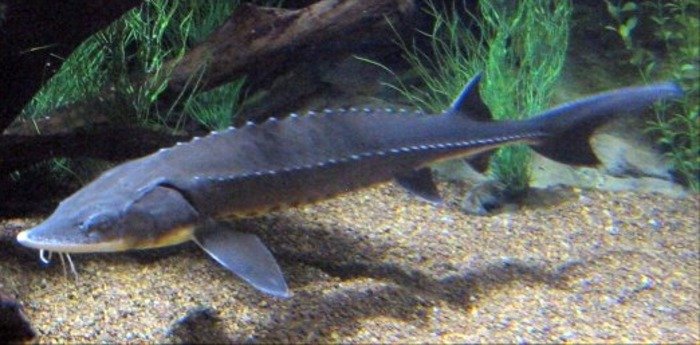ANN ARBOR, Mich., June 6 (UPI) -- Sturgeon in the U.S. Great Lakes, once thought "living fossils" virtually unchanged for millions of years, are in fact evolutionary speedsters, scientists say.
University of Michigan researchers and colleagues say in at least one measure of evolutionary change -- changes in body size over time -- sturgeon have been one of the fastest-evolving fish on Earth.















